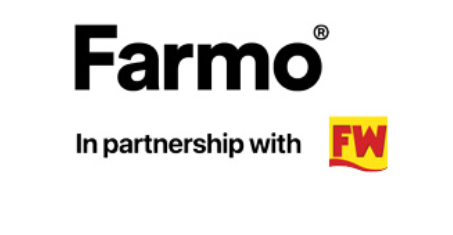Driver’s view: Blackwater Baling’s New Holland BigBaler 1290 HD
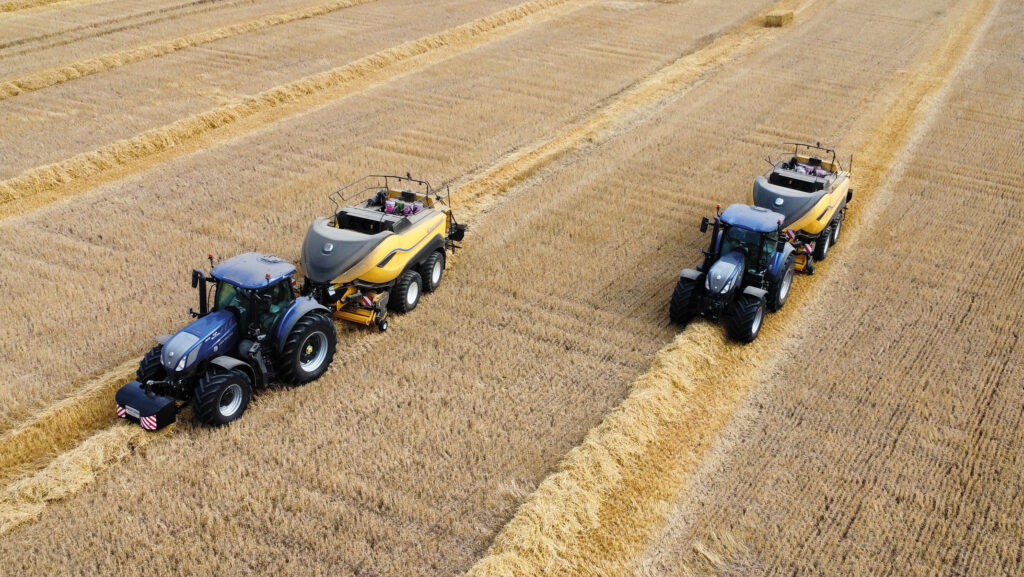 New Holland BigBaler 1290 © MAG/Oliver Mark
New Holland BigBaler 1290 © MAG/Oliver Mark New Holland’s battle for big baling supremacy is led by the 1290 HD, which is the tool of choice for Gavin and Liz Strathern’s Blackwater Baling outfit.
Five of them head their 10-strong baler fleet, each packing up to 12,000 straw bales a year to supply three power stations and stock farmers in the West Country and Ireland.
Several smaller models cover Blackwater’s hay ground – 40ha owned, 320ha rented – including a BB 1270.
See also: Ultimate guide to buying a big square baler 2025
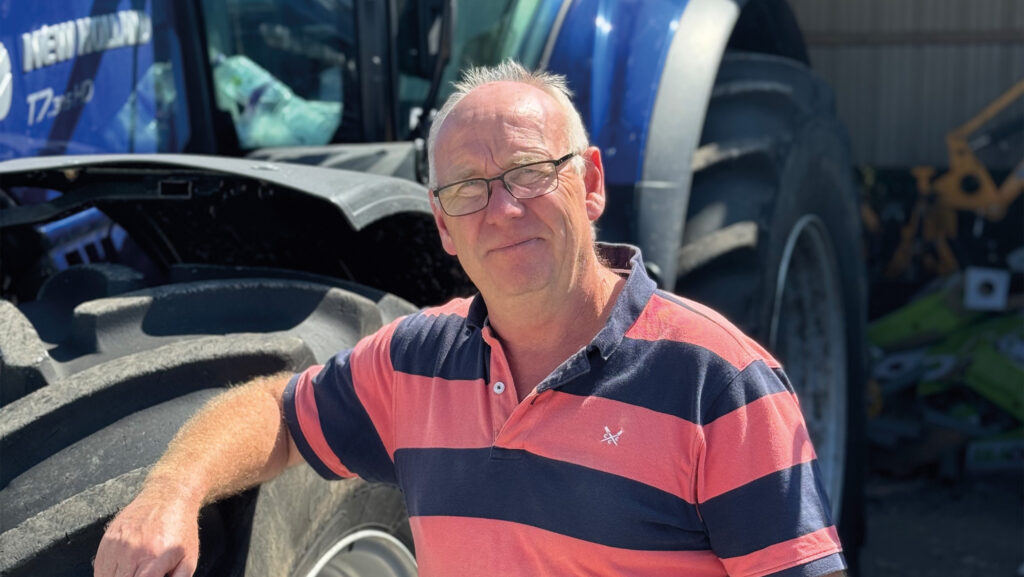
Gavin Strathern © MAG/Oliver Mark
Blackwater Baling’s New Holland BigBaler 1290s
- Year 2020-2025
- Bale count Up to 40,000
- Pick-up width 2.35m
- Plunger speed 48 stokes/min
- Bale chamber length 4.05m
- Price paid £140,000-£165,000
Why BigBaler 1290 HDs?
The biggest attraction is that they’re purpose built as heavy-duty balers, rather than tuned-up versions of the standard model. Everything is bigger and stronger.
We switched to New Hollands a decade ago and our first 1290 HD came as a prototype in 2020. There were next to no teething problems, and it was so good that we ended up buying it.
The engineers have been out several times to make little mods; they seem determined to have the best machine on the market and, in my eyes, they’ve done it.
Our older pair are Packer models with three triple-tine, feed-in forks, while the newer ones are CropCutters with a 65cm “W” rotor and 29 knives.
All have moisture meters, weighers and air lines, so we can keep customers happy by blowing off between jobs.
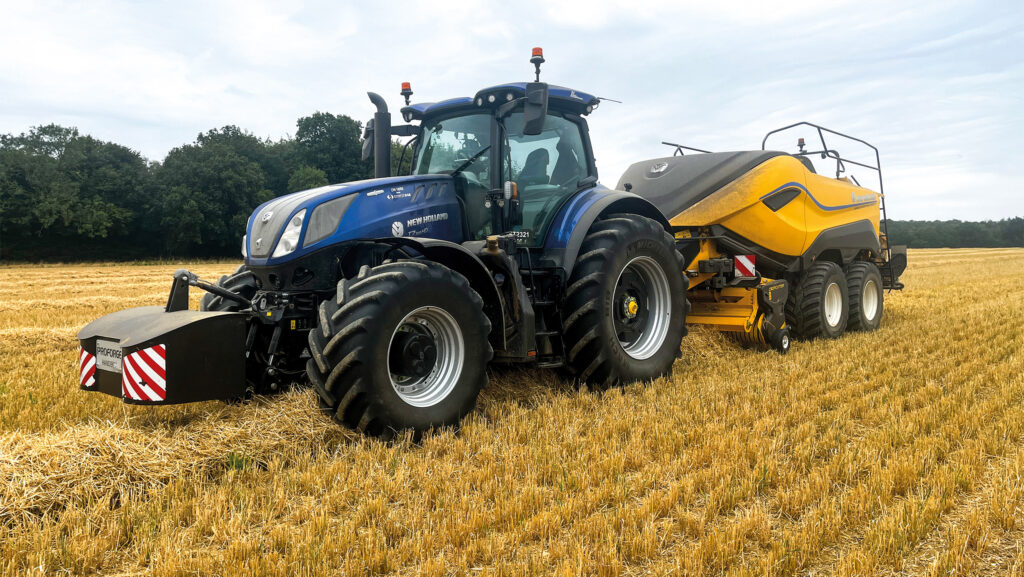
New Holland BigBaler 1290 © MAG/Oliver Mark
How have they performed?
They’re consistent and reliable – and that’s all we really care about.
Though they can comfortably pick up a swath you’d need a step ladder to get over, it will be interesting to compare how the Packer and CropCutter models perform in this year’s light crops.
My hunch is that the latter might struggle, and it’ll influence which model we buy in the future.
Both need big tractors on the front. We currently run the Packers on T7.270s, which is something we might need to address.
They are being pushed pretty hard and tend to need refuelling by 6pm, especially when working on hilly ground.
By comparison, the more power-hungry CropCutters are on T7.300s and 315s, which have bigger fuel tanks and can keep going all day.
We aim for a consistent 36 slices in a 500kg bale.
Though they could go to 600kg, the uniform half tonne works for all parties: farmers know what we’re taking, customers know what they’re getting, and they sit nicely on the wagons.
Optimum straw moisture is 12%. We like to be as near to this as possible as margins are tight and it’s all about quality and tonnage.
You certainly know when moistures are low – you can feel the baler working through the seat of your pants and it can struggle to pack in material at sub-8%.
Plus, we want a solid exterior, as most of the bales are stacked outside.
Fortunately, the baler doesn’t smash the straw up to leave a spongey edge, and that extra density on the top gains us a couple more months of storage.
The other thing worth mentioning is the double knotters.
They make a looped second knot that’s far stronger and more consistent than a conventional system – even with thick, HD-spec string.
And, by making a knuckle with the tail end, it also eliminates offcuts.
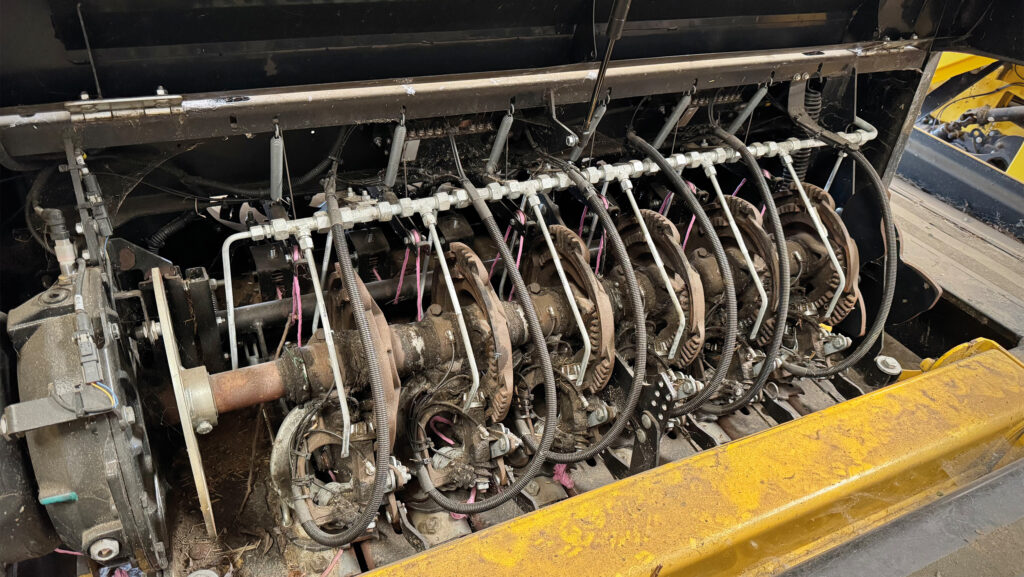
Loopmaster knotter system avoids leaving string tails in the field © MAG/Oliver Mark
What could be improved?
Very little. The only issues so far are a 17mm bolt on the pre-packer spring tensioner, which occasionally breaks, and bung-ups on the Packer models.
These occur when there’s lodged, uncut crop under the swath, which gets pulled into the baler, breaks the shear-bolt and blocks it solid.
As there’s no hatch under the pre-chamber, this is then very difficult to clear.
The CropCutter versions don’t suffer as badly, as they have torque clutches rather than shear-bolts.
How long are you going to keep them?
The newer two are covered by New Holland’s 40,000-bale warranty, so we’ll run them for at least four years.
As the prototype model is now on its fifth season, it’ll probably be moved on over the winter.
Second-hand demand is a bit of an unknown – and a slight worry – given these are specialist machines wanting 300hp on the front.
Depreciation needs to be less than £20,000/year to better the £25,000/year hire rate.
That shouldn’t be too hard to beat on the older models, which were between £140k and £165k.
The issue will be the cost to change, as new ones are now £200k.
Whatever happens, we won’t be switching from New Holland.
The balers are brilliant, we’ve got Ernest Doe on our doorstep, and the Basildon HQ is five miles.
Likes and gripes
Likes
- Consistent
- Reliable
- Driver friendly
Gripes
- Pre-packer tensioner bolt snaps
- Shear-bolt on Packer models
- No pre-chamber access hatch

